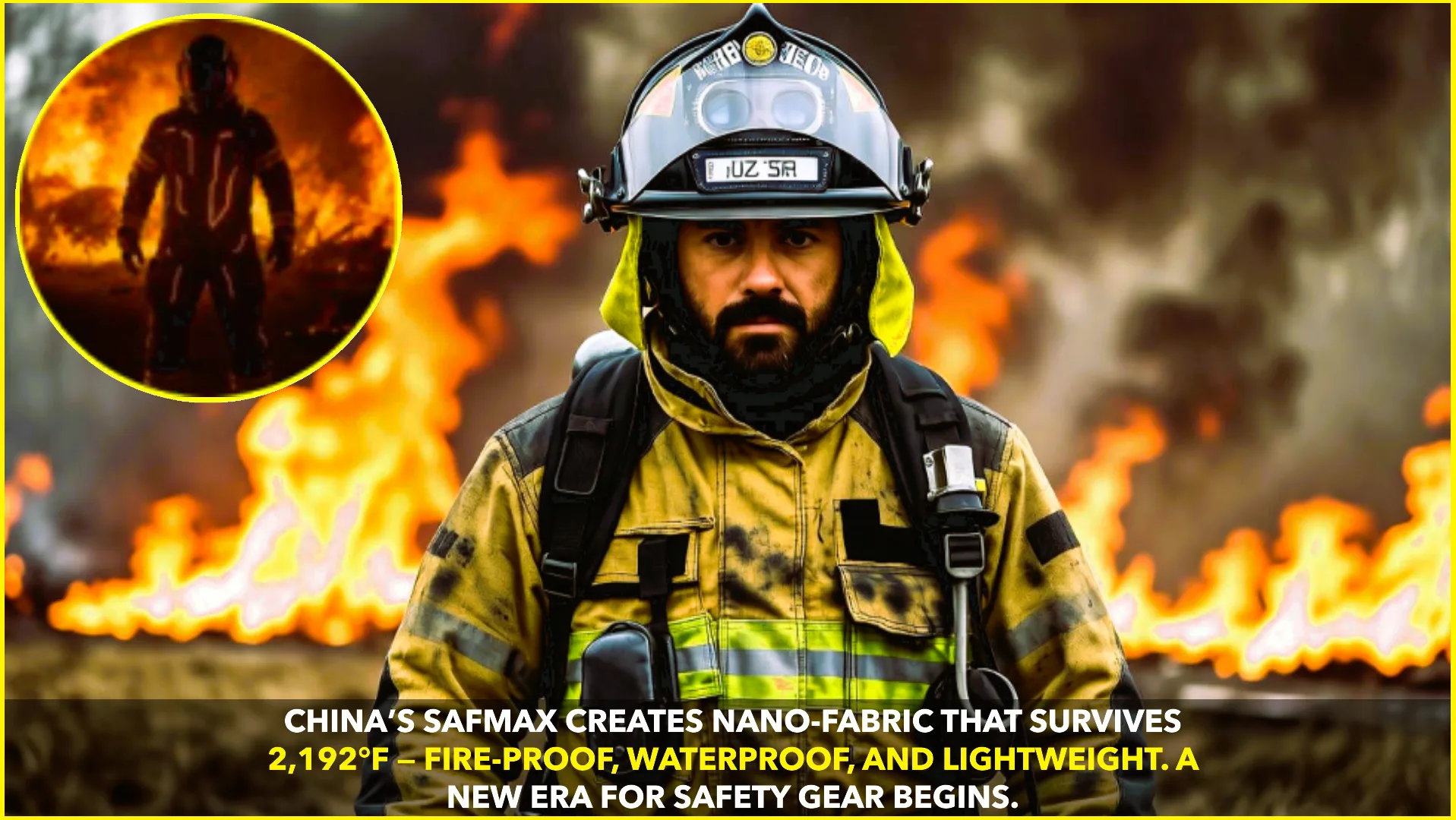In a striking example of energy efficiency and technological advancement, nuclear submarines can run for as long as 30 years on just 4 kilograms of highly enriched uranium (HEU). This remarkable endurance is made possible by uranium enriched to 90% or more of uranium-235 — the fissile isotope capable of sustaining a powerful chain reaction.
The heart of these submarines lies in their nuclear reactors, which utilize a process known as nuclear fission. When uranium-235 atoms are split, they release a tremendous amount of energy. This energy heats water to produce steam, which then drives turbines connected to the submarine’s propulsion system. The result is a vessel that can travel underwater for years without surfacing, making it ideal for stealth and long-range missions.
According to the World Nuclear Association, the use of HEU allows these submarines to remain submerged for extended periods, far surpassing conventional diesel-electric submarines that must frequently surface or use snorkels to access atmospheric oxygen for combustion.
One of the standout advantages of nuclear-powered submarines is operational autonomy. Unlike their diesel-electric counterparts, they don’t need frequent refueling or access to supply chains — a critical advantage in remote or hostile waters. In military terms, this translates to increased patrol durations, enhanced stealth, and the ability to remain on high-alert in strategic locations across the globe.
The U.S. Navy’s Virginia-class submarines and the UK’s Astute-class submarines are examples of this technology in action. These vessels can remain operational for decades without refueling, with the only limitations being food and maintenance requirements for the crew and systems.
However, using HEU does come with significant challenges. Enrichment of uranium to weapons-grade levels (above 90%) involves complex and highly regulated processes. The handling and transport of such material require stringent safety protocols to prevent accidents and safeguard against potential misuse.
Non-proliferation concerns also accompany HEU use. Because the same material used in submarine reactors is also usable in nuclear weapons, there have been ongoing global discussions about converting naval propulsion systems to use low-enriched uranium (LEU) to reduce proliferation risks.
Nevertheless, many military analysts argue that the unparalleled energy density of HEU makes it irreplaceable in certain strategic contexts. The energy from just 4 kilograms of HEU can power a 6,000-ton submarine for over two decades, offering unmatched capabilities in endurance and stealth.
Beyond military benefits, this technology also underscores the potential of nuclear energy for broader applications where longevity and power density are essential. The efficiency demonstrated in submarines provides a glimpse into what advanced nuclear technology could offer in areas like space exploration and remote scientific missions.
Despite its challenges, the use of highly enriched uranium in nuclear submarines remains a cornerstone of advanced naval defense. It enables global reach, near-invisible operation, and unmatched longevity — making it one of the most potent examples of nuclear power’s potential.
Sources:
- World Nuclear Association
- U.S. Navy Fact Files
- International Atomic Energy Agency (IAEA)










